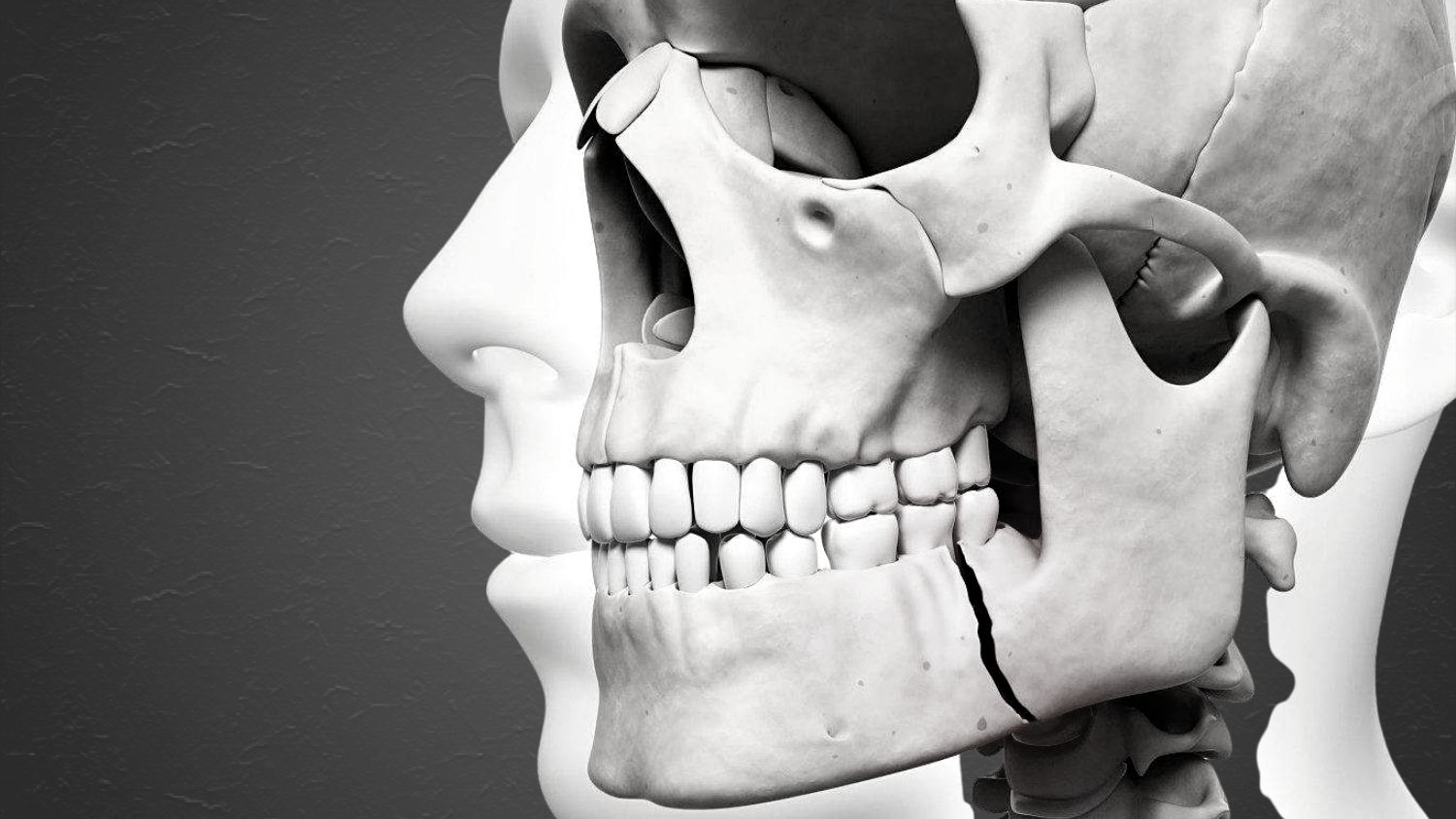Facial fractures
Facial fractures are commonly caused by blunt or penetrating trauma at moderate or high levels of force. Such injuries may be sustained during a fall, physical assault, motor vehicle collision, or gunshot wound. The facial bones are thin and relatively fragile, making them susceptible to injury.

Oral cancer is cancer that starts in cells that make up the inside of the mouth or the lips. Oral cancer is fairly common. It can be cured if found and treated at an early stage (when it's small and has not spread). A healthcare provider or dentist often finds oral cancer in its early stages because the mouth and lips are easy to exam
Epidemiology
Males are affected more commonly than females, and facial fractures are most common in the third decade, i.e. 20-30 years 4.
Intimate partner violence should be considered in patients where the clinical details do not match the fracture, or the injury occurs in an intimate setting 8.
Pathology
The extent and pattern of soft tissue and osseous facial injuries vary according to the energy of impact. Isolated fracture is most common with lower energy trauma, whereas high energy blunt and penetrating trauma results in a more complex, less predictable injury pattern.
The most commonly fractured facial bones (in isolation) are the nasal bones, followed by the mandible and the bony orbit. Fractures involving more than one bone most commonly affect the orbital floor and zygomaticomaxillary complex 4.
Types
Facial fractures have been categorized according to multiple schemas, most famously according to a simplified three-tier Le Fort classification for complex midface fractures. The concept of 'facial buttresses' has also been used to elucidate structurally meaningful skeletal struts, which play importance in facial integrity.
More recently, advances in surgical technique enable surgeons to consider reduction, stabilization, and reconstruction of complex midfacial fractures according to five midface subunits 5:
- • nasoseptal fractures
- • naso-orbitoethmoid (NOE) complex fractures
- • orbital fractures
- • zygomaticomaxillary complex (ZMC) fractures
- • occlusion-bearing maxillary fractures
Beyond the midface, other clinically significant fractures of the facial area include:
- • frontal sinus fracture
- • paranasal sinus fractures
- • mandibular fracture
Book An Appointment
